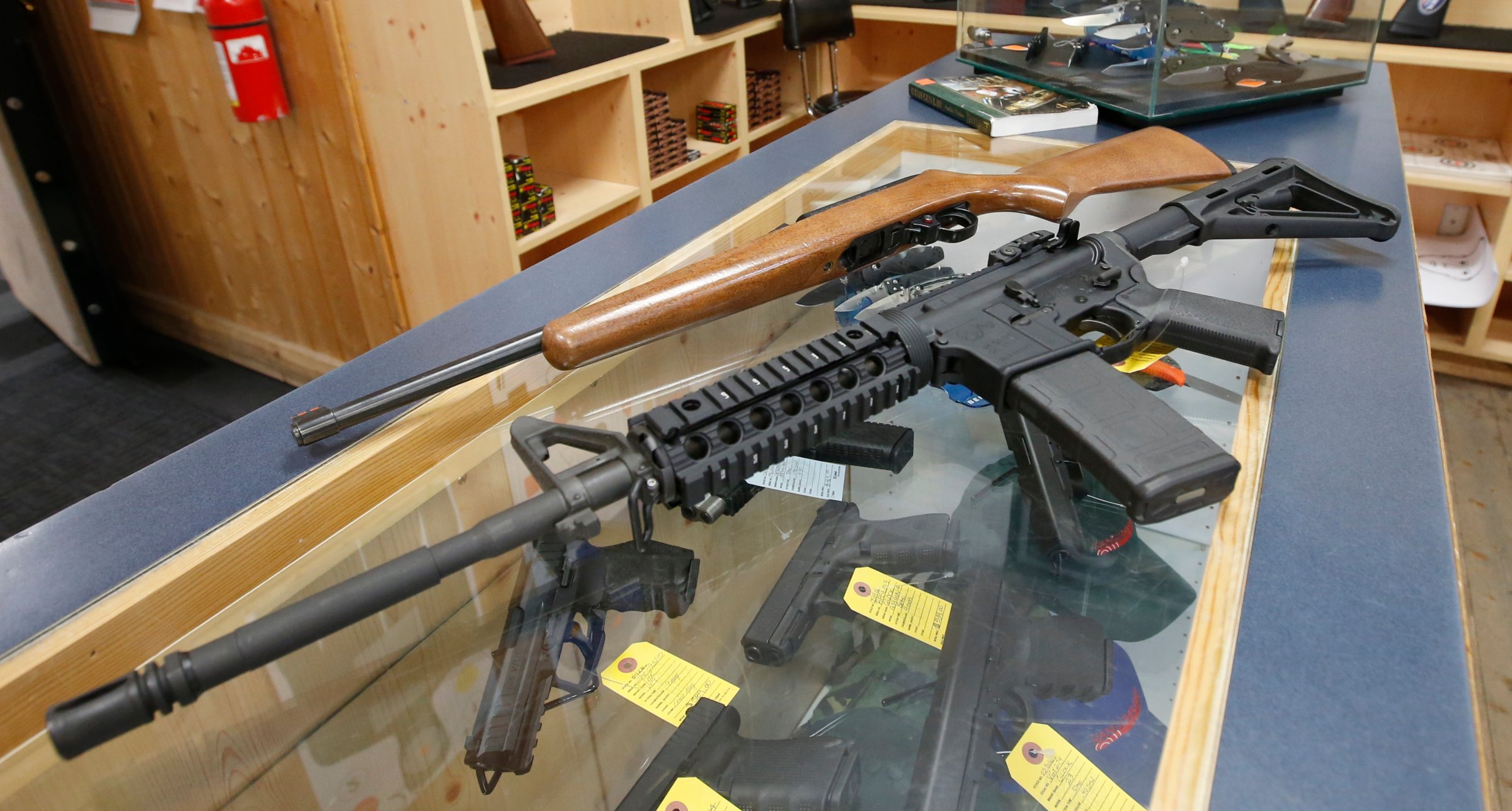
“The first round of shots I heard, I thought they were fireworks,” Las Vegas shooting survivor Kelly Moore told TIME. “I turned towards Mandalay Bay thinking, ‘I’ll see sparks pretty soon.'”
Moore was one of many on the scene at the Route 91 Harvest Festival who thought they were hearing pyrotechnics when in fact gunman Stephen Paddock had opened fire on the crowd. And though many Americans have experience firing weapons, they’re unlikely to definitively recognize the sound in an active shooter situation.
“Unless you’ve been on the receiving end of fire, it sounds totally different,” says Kevin Beale, a security training specialist for RPS Partnership, which provides hostile environment training.
Frank Smyth, executive director of Global Journalist Security, which does the same for journalists and NGO professionals, says those who have lots of experience around live, high-powered rifle fire will be able to recognize its sound relatively quickly, if not immediately. To them, “It’s distinct from from a car backfiring or fireworks or pyrotechnics.” But for civilians, seeking training in professionally simulated situations would be necessary to pick up the difference in timbre and volume. Additionally, different guns will sound different from one another. And “getting used to gunfire on a gun range, if it’s indoors, is going to make you familiar with the sound of gunfire in that environment, but it’s going to sound different if it’s outdoors,” Smyth says.
With a firearm like an AR-15, says Beale, who spend more than 24 years in the British Army, soldiers learn to recognize the sounds of high velocity rounds through training that places them in a range where shots are fired behind a bank. As the round passes them, they can first hear the crack as the bullet breaks the sound barrier, then the thump of the round being fired. “You’re listening, you hear the crack of the bullet and then you’re listening to the direction the thump came from,” he says. “The further away the round was fired at you from, the greater the time distance between the crack and the thump.” In this open countryside, this can be a useful way of determining which direction an active shooter might be firing from. But in a place like the Las Vegas strip, which is highly built up, or even in a natural area with tall mountains, the degree of echoing would make it much more difficult to pinpoint the direction.
As for listening to the sound of gun fire over sound coming from computer speakers, your TV set or in a movie theater, “It’s going to sound very different,” Smyth says. “What you might learnt trying to pick that up through indirect sources like a movie could be misleading.”
In the case of the Las Vegas shooting, where Paddock used a bump stock to automate his rifle, Beale says, “The most obvious thing would have been the regularity of the automatic fire.” Fireworks, by contrast, typically have a more chaotic rhythm. But as Smyth points out, “Conceivably you could have pyrotechnics that could be triggered by a similar mechanism.”
Of course, those who are truly concerned about active shooter situations could enroll in the training provided by companies like Smyth’s. “Unfortunately, I have an interest in this and I disclose that fully,” he says. “[But] I think the more people that have this kind of training, the more people are going to be able to react to attempt to avoid being hit.” These services usually also include emergency first aid medical training, and they can help teach the difference between concealment and cover. Nevertheless, he says, training isn’t the solution to the problem of gun violence in America: “Having training isn’t going to eliminate the risk, it’s just going to mitigate the danger.”
Beale goes even further, saying that training has “probably only very limited value, because each time there is an attack, it’s very different.”
More Must-Reads From TIME
- The 100 Most Influential People of 2024
- Coco Gauff Is Playing for Herself Now
- Scenes From Pro-Palestinian Encampments Across U.S. Universities
- 6 Compliments That Land Every Time
- If You're Dating Right Now , You're Brave: Column
- The AI That Could Heal a Divided Internet
- Fallout Is a Brilliant Model for the Future of Video Game Adaptations
- Want Weekly Recs on What to Watch, Read, and More? Sign Up for Worth Your Time
Contact us at letters@time.com